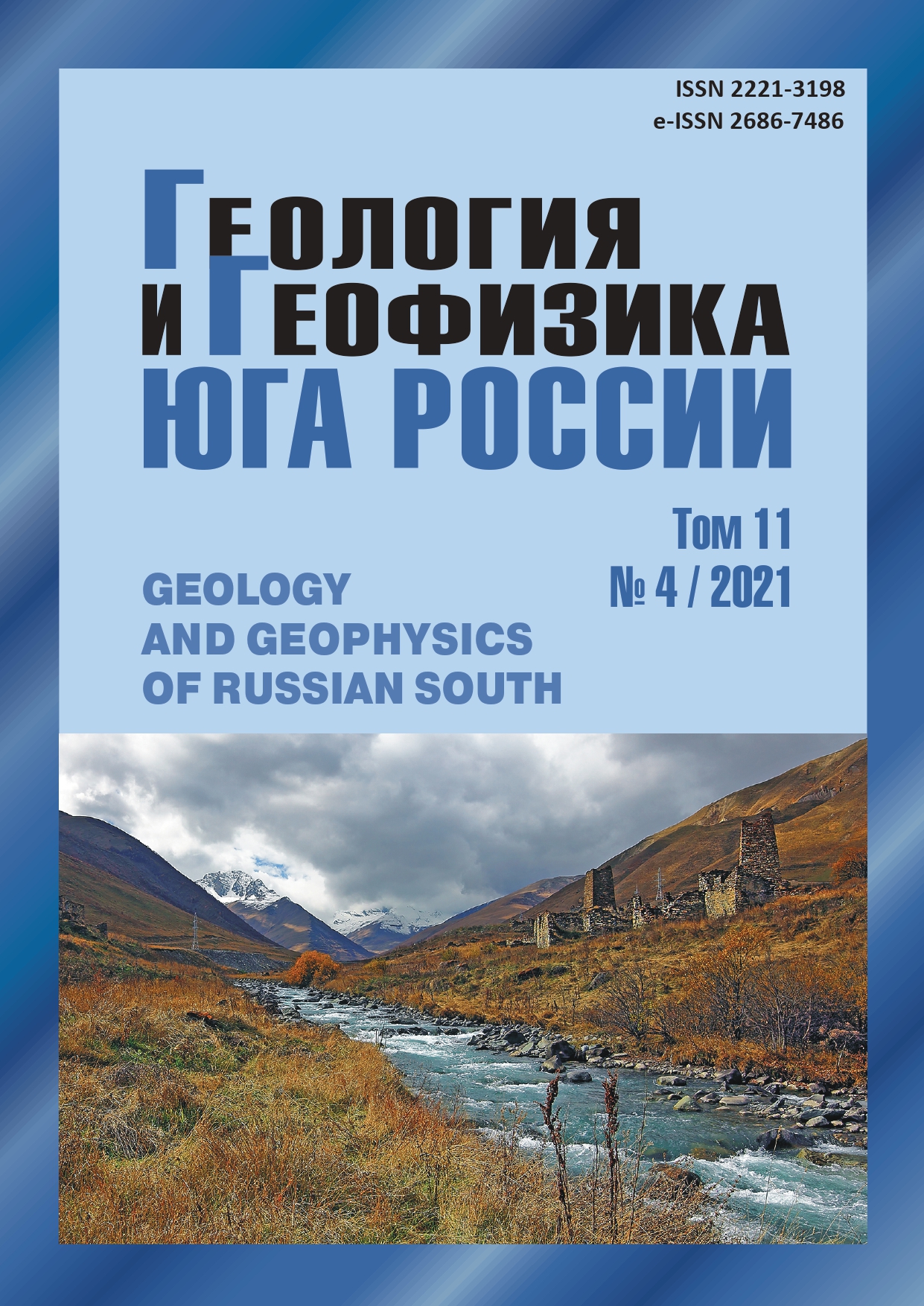Assessment of the seismotectonic potential of the East Caucasus blocks
Abstract
Relevance. The Eastern Caucasus is the most seismically active region of the European part of Russia, where large energy facilities of the Sulak cascade of hydroelectric power plants, high-voltage power lines, main transport communications, oil and gas pipelines of federal and republican significance, air and sea ports and large, sprawling cities and towns of the region fall into the sphere of increased seismic impacts. The lack of research on the problem of assessing the seismotectonic and geotectonic situation can lead to undesirable environmental consequences. Modern seismically active zones of the Eastern Caucasus in the conditions of Late Alpine tectogenesis are characterized by different geodynamic and seismotectonic conditions compared to the Hercynian and Cimmerian. The Alpine stage of tectogenesis is characterized by a significant maximum of its activation, which is associated with modern geodynamic and seismotectonic processes and increased modern seismic activity of the region. The level of seismotectonic potential, both seismic and geodynamic, is the most important indicator of assessing the degree of seismic danger. Aim. Assessment of the level of the seismotectonic potential of the crustal blocks of the north-eastern segment of the Eastern Caucasus and identification of potential waiting zones for possible foci of strong earthquakes in the region (PFE). Methods. Analysis of the spatiotemporal distribution of seismicity over the instrumental observation period and expert assessment of the seismotectonic potential of the Earth's crust blocks according to a set of seismological indicators, such as the power of the seismoactive layer, seismic activity and the slope of the earthquake recurrence graph, the maximum marked (observed) magnitude, the period of the last activation and tectonic activity. Results. The change in the seismotectonic potential in the studied territory is mapped in conventional units. A diagram of the zones of possible earthquake foci in the region has been compiled. The distribution of hypocenters of strong earthquakes demonstrates the stratification of the geological environment of the region. In the depth range, on average from 33 to 42 km, the so-called "zone of silence" is allocated.


